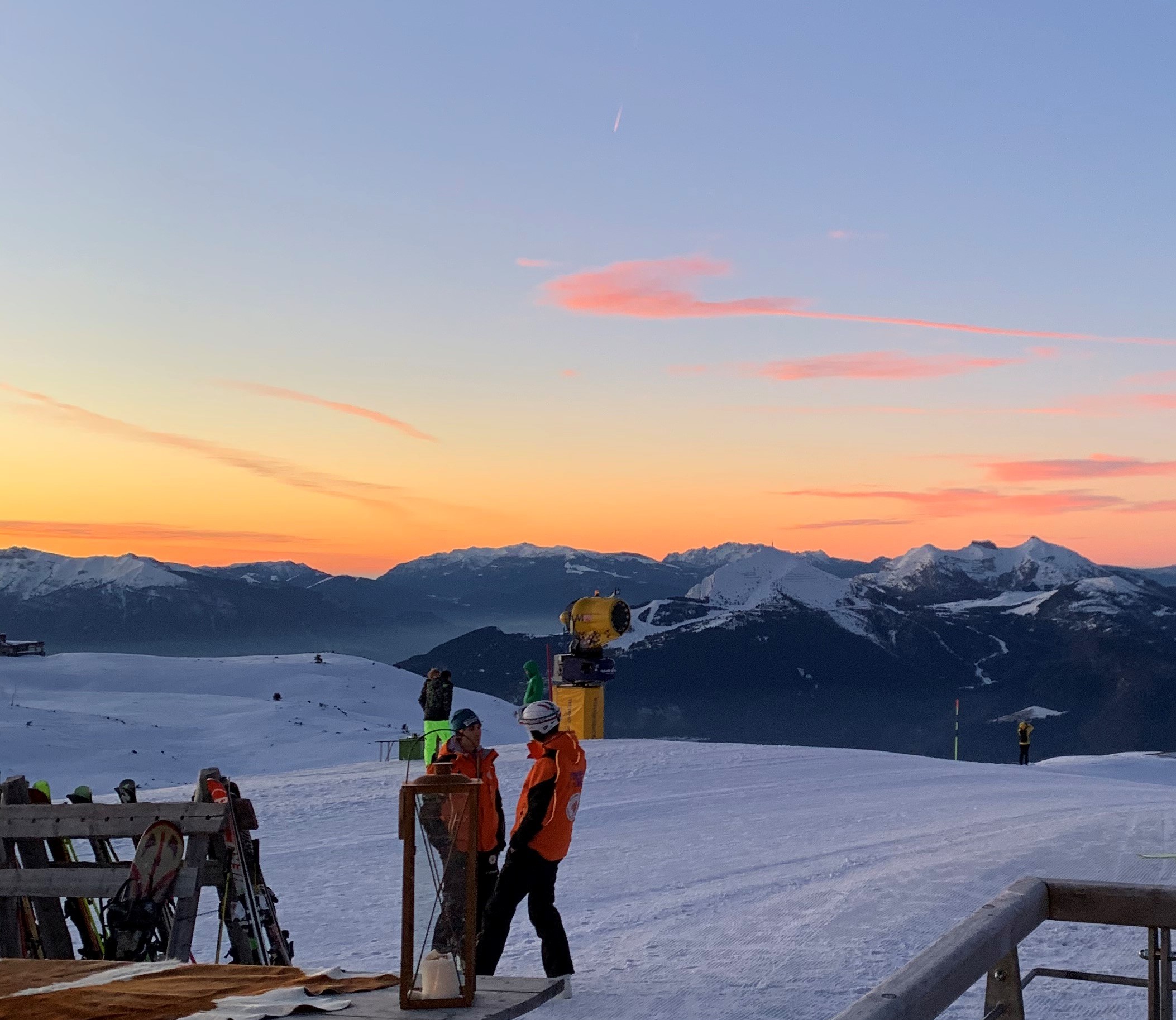In the last few years, Bari and Matera have been chosen more often by tourists for short weekends or longer tours and, given how close they are to each other, despite belonging to different regions, they’ve always been matched together. However, not everyone knows that by travelling from Bari to Matera you can visit one of Puglia’s more picturesque areas: Murgia.
An area that’s a bit off the beaten path which is slowly starting to make a name for itself, especially since it’s been the backdrop for prestigious films. Also, because Murgia doesn’t just have picture postcard scenery, but it’s also the home to some fine food. On this trip, we’re going to explore Puglian Murgia by electric car, starting in Bari and finishing in Basilicata.
Day 1: Bari
Our trip begins in Corato, just a few kilometres from Bari. In the time it takes for us to have breakfast, we’ve charged our car at a Plenitude + Be Charge charging point. So, we start our trip from Puglia to Basilicata by discovering one of Italy’s most loved cities: Bari.
Thanks to a number of films, a significant reassessment and a series of international awards, Bari has been able to move away from its bad name of the past and in the last decade it has welcomed millions of tourists from all over the world. Today Bari is a starting point for a good number of road trips in Puglia (and beyond) and wins over literally everyone who visits.
A visit must begin in the distinctive old town – better known by locals as Bari Vecchia – with a long walk among its passageways, stopping by the notorious ‘orecchiette women’ to see them at work while their hands prepare the city’s most famous fresh pasta. You must visit the Basilica of San Nicola (the patron saint of Bari) not just because it’s beautiful, but also because it’s a sacred place that symbolises peace, uniting Catholic and Orthodox churches.
At this point, it’s time to enjoy a spot of lunch and nothing hits the spot more than a piece of Barese focaccia bread, one of the most appreciated street foods. With a piece of hot focaccia in our hands, and having finished our tour of the old town, we continue to the seafront, stopping by some of Bari’s most astonishing theatres (Teatro Margherita, Teatro Petruzzelli and Teatro Kursaal Santalucia) until we reach the historic Palazzo della Provincia to admire the interior and to visit the Pinacoteca Corrado Giaquinto, one of south Italy’s most important museums.
Once we’ve finished cultural immersion, we find ourselves in front of the sea. And at this point the best way to enjoy Bari as the Barese do is to have a beer, sit on a bench and wait for the sunset. Then, round off the day in style with a hot panzerotto – deep fried pizza dough stuffed with tomatoes and mozzarella – at Largo Albicocca.
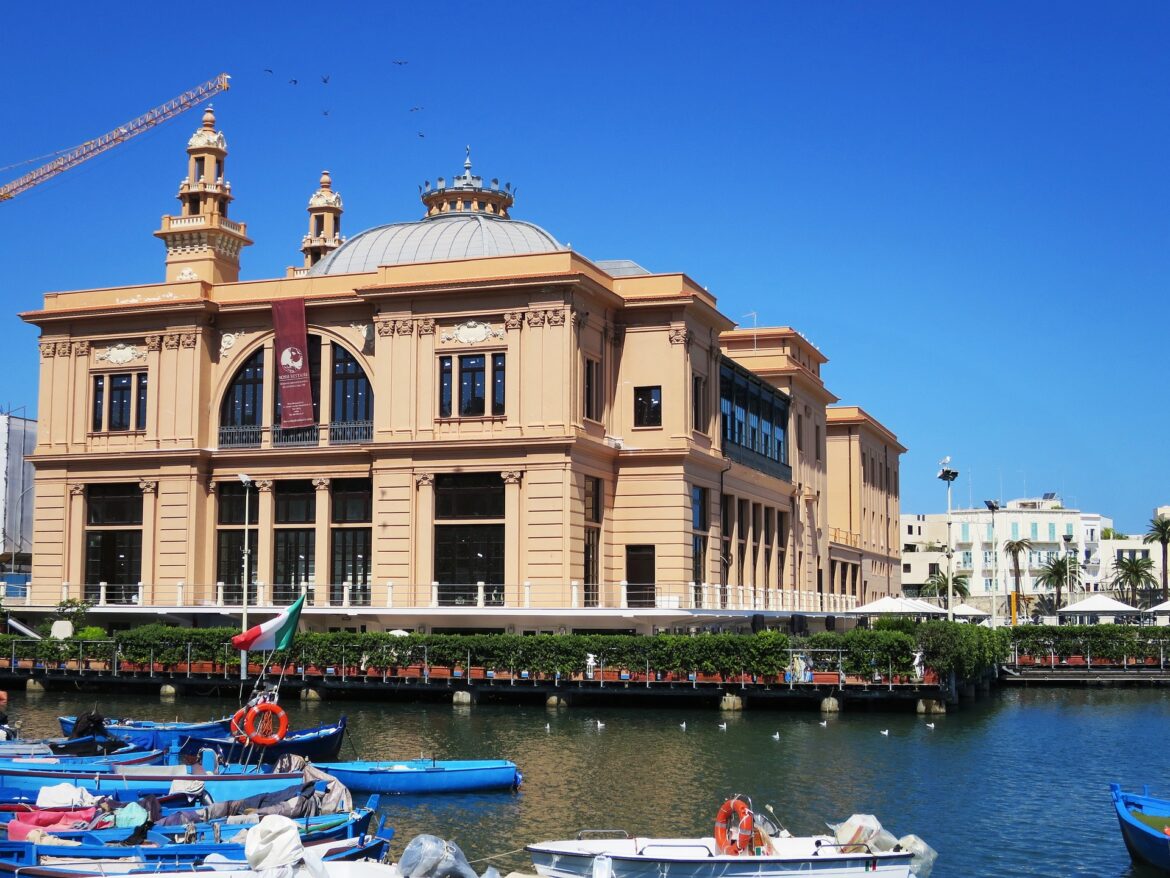
Day 2: Bari and Altamura
Altamura
Having left Bari, we head for Altamura and enter the area of Murgia. As soon as we get near to the entrance to the city with our electric car, we read in clear letters: Welcome to the city of bread. Yes, because Altamura bread, which has obtained the Protected Designation of Origin (PDO) mark, is one of Puglia’s most celebrated specialities.
And we absolutely cannot miss out on tasting this delicacy. Because when you visit Altamura, you must visit one of its historic bakeries, grab a piece of bread and maybe even a piece of hot focaccia. All you need to do to make this happen is go to the old town, walking among its cloisters, a sort of distinctive closed piazza that you can only find in Altamura’s old town. Full and satisfied, before leaving the city, we take the car to visit Pulo di Altamura, the largest karstic basin in High Murgia.
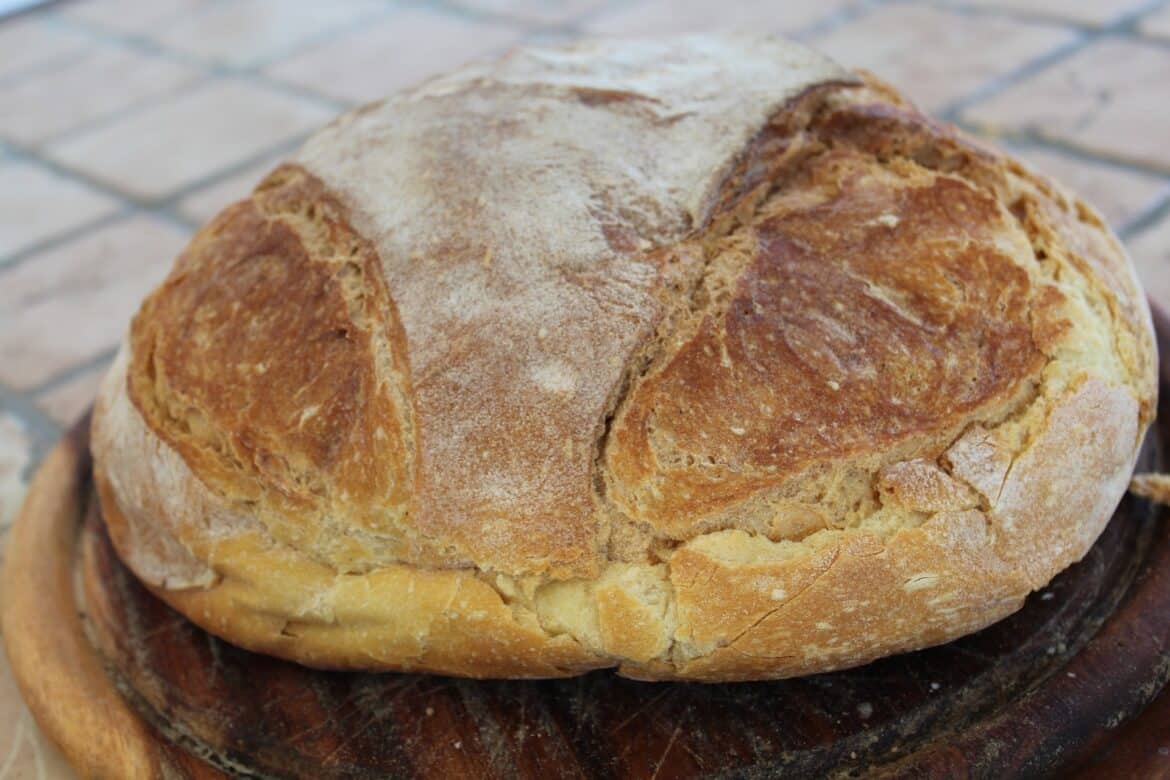
Gravina in Puglia
Our next stop is Gravina in Puglia, a treasure that is rich in history and has sites that are still largely unknown: from subterranean Gravina to its ecclesiastical sites, to its mysterious underground tombs.
We set off immediately from the imposing Ponte dell’Acquedotto which gives us the magic sensation of being catapulted back in time. It’s not by chance that Hollywood chose this bridge as the set for some of its film scenes, not least the latest James Bond film. At 90 metres long, the Ponte dell’Acquedotto connects the two banks of the stream and contains ducting that was fundamental to bringing water to the city from the nearby source at Sant’Angelo.
At this point we continue our walk, arriving at Gravina’s old town, where we discover Cola Cola, a magpie immortalised in a hand-made terracotta whistle. As well as being a colourful souvenir, it’s the symbol of the city and to find out more about its history we decide to visit the Cola Cola Museum & Workshop. Here, we also buy some whistles to give to family and friends.
At this point, with the scent of cookery in the air, we started getting hungry and decided to stop by a restaurant that specialises in typical cuisine. We tasted the acclaimed Pallone di Gravina, a cheese that’s matured in a cave for four months, after which it gets awarded a Slow Food mark. Its speciality is in the fact that is matures in natural caves, without the use of fridges since they benefit from the air and the natural humidity. It’s dark when we leave the restaurant, and we are left enchanted by the beauty of Gravina in the evening.
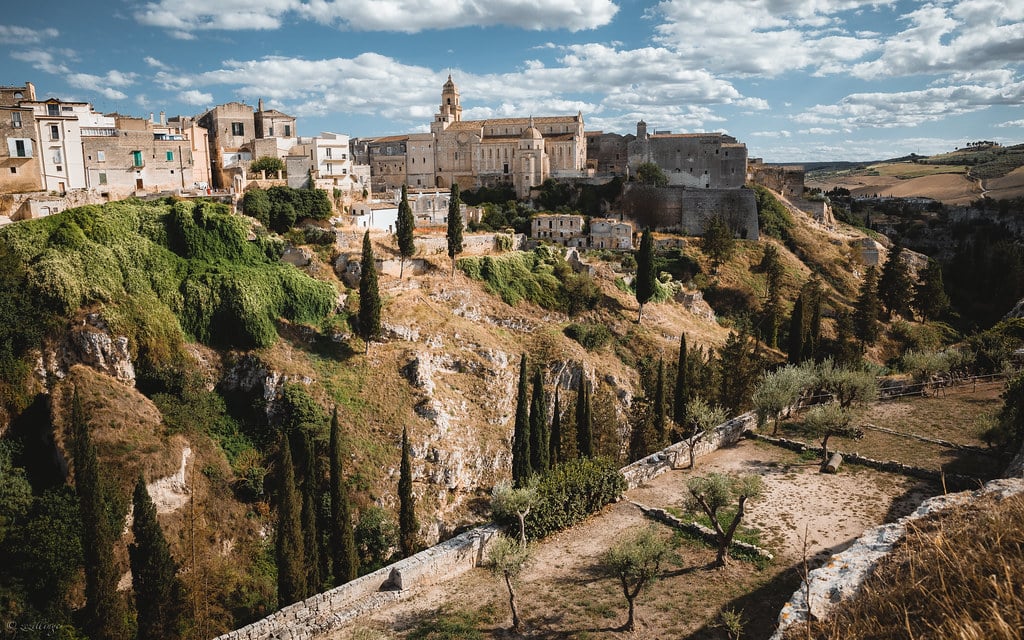
Day 3: Matera
Having left Gravina in Puglia, after a long breakfast we headed to Matera, stopping at Putignano, where we left our car on charge at the Plenitude + Be Charge charging point whilst we had lunch consisting of a famous dish: orecchiette with broccoletto.
Once we reached Matera, we had a coffee and a dessert that is synonymous with Matera (although this is contested by nearby Altamura): la tetta della monaca, or nun’s breasts. This is an irresistible dessert filled with cream that seems to have been invented in a monastery.
At this point, we must go for a long walk to admire the colours and the beauty of Matera, from Sasso Caveoso to Sasso Barisano. Matera is a unique gem and, walking through it, you realise just how absurd it is that only 70 years ago it was considered one of the worst places in Italy because of the unspeakable poverty that the Materan people lived in.
Today, Matera has been able to rise again spectacularly, winning over visitors from all over the world. UNESCO agrees; in 1993, it declared Matera’s Sassi cave dwellings to be World Heritage Sites. What was once called shameful is now a huge source of pride. And we’re also bewitched by the Sassi, by the caves and by the surrounding scenery.
To better understand Matera’s history, we also visited the Sassi Cave Dwellings, which shows how people once lived in this city. Conditions that are light years away from those of today. And obviously we chose to spend the night in the Sassi because Matera by night is a spectacle that we really didn’t want to miss.
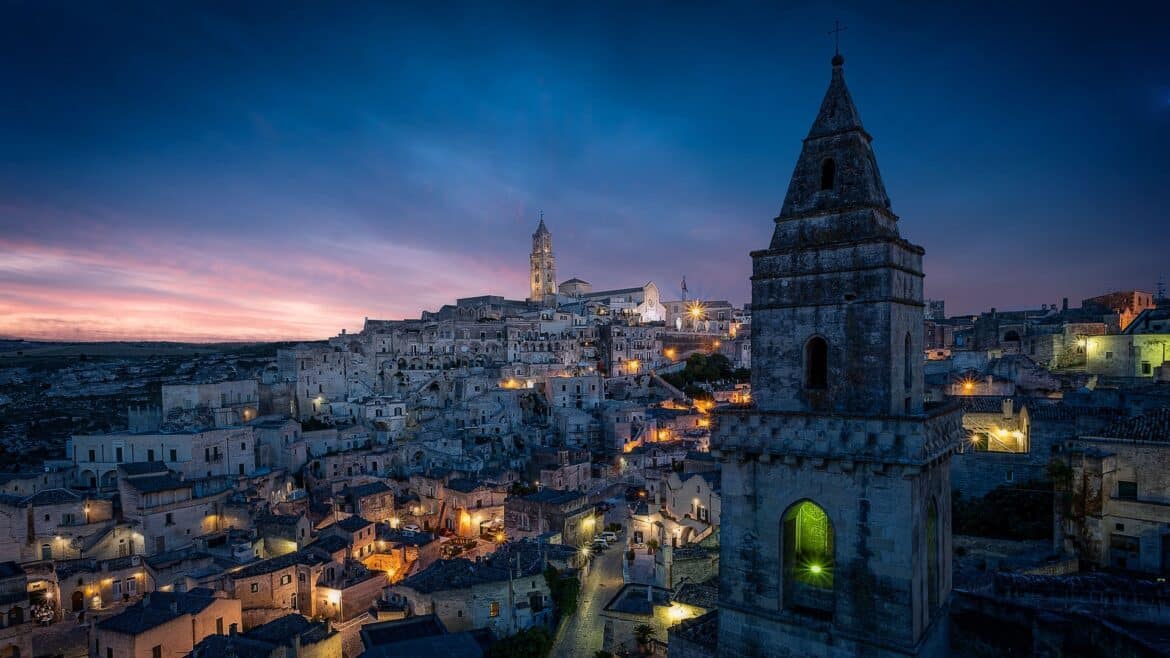
Article by Manuela Vitulli







